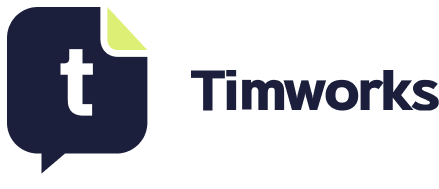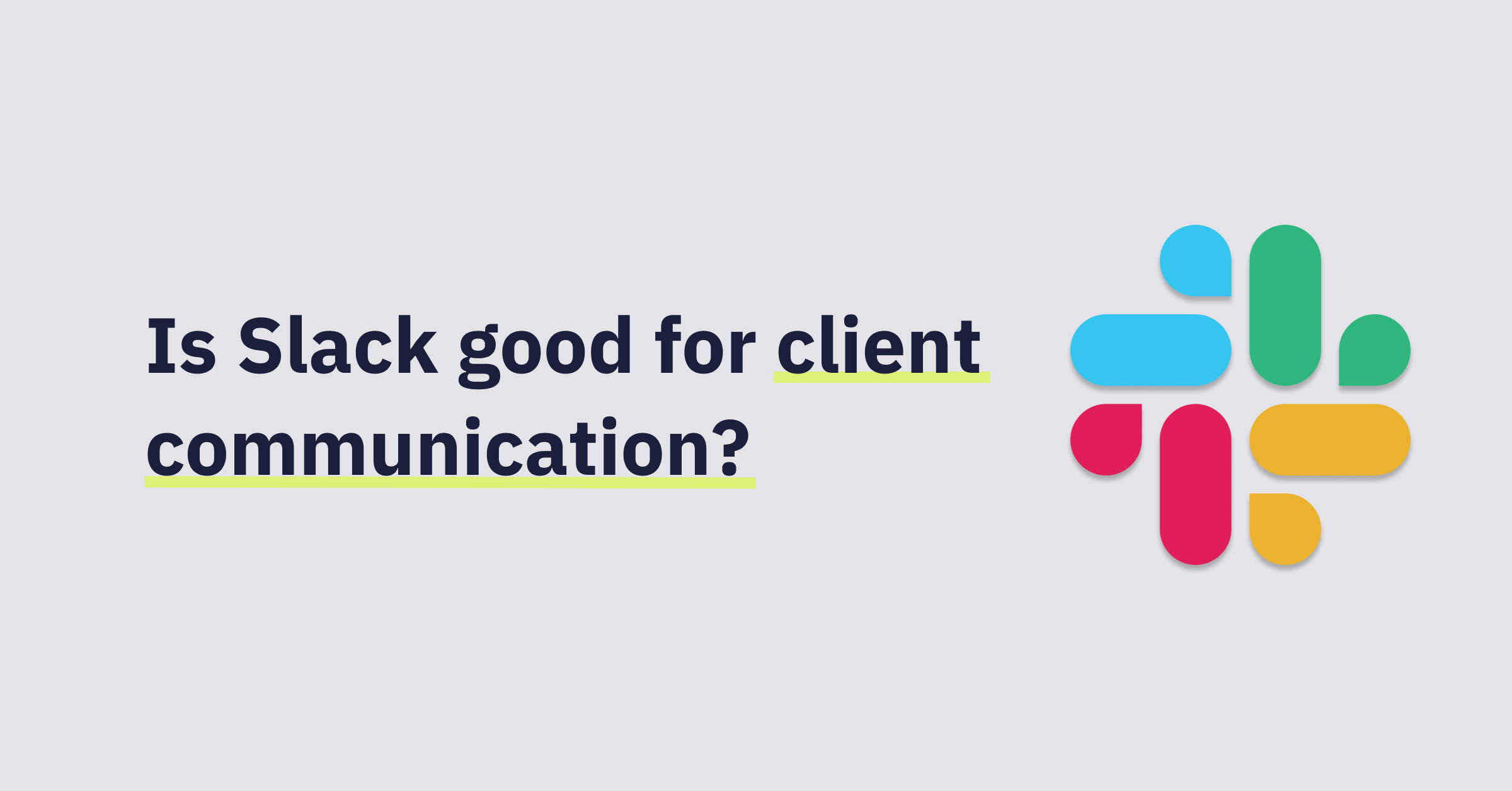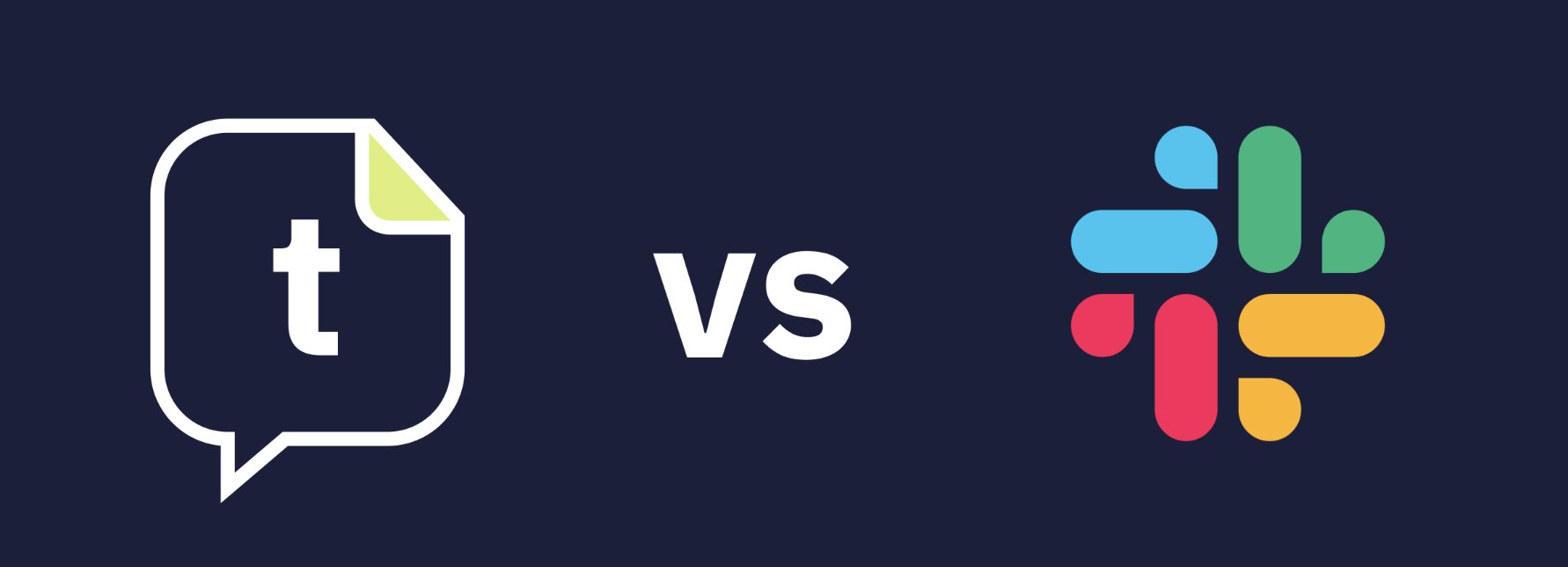Using Slack for Client Communication: The Pros and Cons
Using Slack for Client Communication: The Pros and Cons
If you are on here, you probably already know what Slack is. But you are not convinced if using Slack for client communication is a good and effective way to support your clients or if there are better ways of doing it.
Most likely Slack is already a software you have adopted with your team for internal communication because let’s be honest - it’s much more efficient to have every team member and channel readily available, and that can become messy if you opt for email communication.
Other apps which are more commonly used for chatting with friends and family (such as WhatsApp) are not advised to be used by professionals, and especially when communicating with clients. You may say your relationship is casual and they are ‘cool’ but have you thought about your audit trail and permission settings?
Luckily, we have thought about all of that and you can learn more about why you shouldn’t use WhatsApp here.
How does Slack help you communicate better with your team? Since it is a cloud-based collaboration tool, it enables teams to communicate and work together in real-time, which is why email is not an efficient way to work (you want that answer, and you want it now). It has gained significant popularity in recent years, particularly with the rapid growth of remote teams and distributed environments, as it allows for seamless collaboration and instant connection.
But beyond teamwork, is Slack good for client communication, too? We will explore the pros and cons of using Slack for client communication and collaboration in this article, and also offer you a bonus tip - possible alternatives that can serve both your team and your clients. You guessed it - you are in for a treat.
Let’s start with the Pros of Using Slack for Client Communication
Remote teams benefit a lot from this one: real-time communication.
Slack is great for what it does - it provides instant messaging, enabling teams and clients to communicate in real-time. There is no denying that teams work better remotely when they get almost immediate answers to their queries and this increases the speed and quality of work, creating a better environment and improving revenue.
The app is also easy to use and supports one-on-one conversations as well as group chats and channels for larger teams or topics. When it comes to external communication however, such as contacting clients, is not so seamless. There is no way to filter communication by a client or switch between internal and external chats, making it a tad bit overwhelming.
Because time is valuable: Integration with popular tools and apps
An app with integrations is like having superpowers - you don’t multitask as much, which by the way can decrease your levels of productivity by 40%, and you also have a seamless line of action, ensuring no documents are missed between the cracks and no meetings are being forgotten. Slack integrates seamlessly with numerous popular productivity tools and applications, such as Google Drive, Trello, and Asana.
Integrations are important for efficiency and productivity but they may not do a massive amount of good if they are not the native ones your firm needs. More on that later.
For the organised ones: channels and search
Another one on the pros list is the ability to keep conversations organised by topic, project, or team, making it easier to navigate and reducing unnecessary 1:1 DMs or team members getting overwhelmed by information that doesn’t concern them.
Usually those channels will be public, but for privacy reasons you can also create, well uhm - private channels. How useful this is when you have multiple clients to communicate with as well as your team is uncertain and will be discussed further below.
The search functionality is also a powerful tool as it helps you to quickly find specific messages, files or conversations that you need at the moment. The only downside is that it takes a long time to load older messages, and some paid plans only allow these for up to 30 days in the past. Filters however help to narrow it by date, user and channel, saving a lot of time.
Image credit: https://www.protocol.com/how-slack-uses-slack-products
What are the Cons of Using Slack for Client Communication
While there are pros to using Slack which are especially true for internal team communication, there are a few important factors to consider when choosing slack for client communication, also known as external communication.
So there goes our first con:
Limited External Communication
Slack primarily focuses on internal team communication, which can make communicating with external clients more challenging. Users often need to create separate workspaces or rely on third-party integrations, like Slack Connect, to enable communication with clients.
This in result leads to fragmented conversations and increased complexity in managing multiple workspaces, defeating the whole purpose of using Slack to connect with clients.
After all, communication with clients should not be complicated, cause additional stress upon the team, and be inconsistent. This can lead to unhappy clients, and having too many channels can lead to an overwhelmed team, making it harder for them to focus on important client communication. None of these are good for business.
While channel organisation is helpful, having too many channels can become overwhelming and lead to information overload.
Privacy Concerns
In a shared workspace, there is potential for sensitive client information to be accidentally shared or accessed by unauthorised team members. Ensuring proper privacy settings and managing access to channels can be time-consuming and complicated, especially when handling multiple clients. These concerns may make clients hesitant about sharing critical information and sensitive data via Slack, potentially hindering effective communication and collaboration.
Great way to avoid this would be to use an app that offers full permission control and information is kept between the client and the team members that are working with them.
Lack of native integrations
While Slack offers integrations with many popular tools and apps, it may not support native integrations for industry-specific or custom-built applications. For example, accountants and bookkeepers will benefit from connecting Dext, Datamolino or any other data capture tool they are using, to save them from multi-tasking and to make the process of keeping record track seamless.
Users may need to rely on workarounds, custom-built integrations, or switch between multiple platforms, which can slow down communication and reduce productivity.. This lack of native integrations can limit the efficiency of workflows when managing client communication and projects, potentially decreasing the quality of work, client support and therefore damaging the company’s revenue and reputation.
So, what are the alternatives to Slack for client communication?
Client communication and support is without a doubt one of the most important aspects of any business in 2023. There are several alternatives to Slack that offer a range of features for both team and client communication rather than focusing on just one or the other. Some popular alternatives include:
1. Timworks
Offers both internal team communication and external communication with clients
Allows creating new chats, filtering conversations, and provides native integrations
New users can jump on the app in seconds
The ability to easily add people in and out to prevent bottlenecks, and the option to toggle internal and external communication on/off for focused work on clients and/or team
Great user and client support experience
2. Microsoft Teams
Integrated with Office 365, making it an ideal choice for organisations using Microsoft products
Provides chat, video conferencing, file sharing, and collaboration tools
Allows communication with external users through guest access although not the most seamless process
3. Google Chat (previously Hangouts Chat)
Part of the Google Workspace suite, which makes it suitable for organisations using Google products
Offers direct messaging, group messaging, and threaded conversations
Integrates with other Google Workspace apps, such as Google Drive and Google Meet
Again, no native integrations really
4. Asana
Primarily a project management tool, but also offers communication and collaboration features - it may not be ideal for external client communication
Allows users to create tasks, subtasks, and comment on tasks for team discussion
Provides a dedicated inbox for notifications and updates on relevant projects
5. Twist
Developed by the team behind Todoist, focuses on asynchronous communication
Organises conversations into threads, making it easier to follow and reference discussions
Reduces the noise and distractions often associated with real-time chat platforms
We think our winner communication app for internal and external client communication and support is definitely Timworks (surprise!). Want to compare Timworks vs. Slack? Check this article.
Hopefully by now you have gained a clear idea of how Slack can be helpful for your team, and which is the best software to use if you want to also communicate with your clients on a regular, ongoing basis.
While Slack offers real-time communication, seamless integrations, channel organisation, and powerful search functionality, it also has limitations in external communication, channel management, privacy concerns, and native integrations, affecting the efficiency and effectiveness of client communication outside of the organisation.
Timworks provides a more comprehensive solution for small to medium enterprises that want to offer regular client communication and support, by addressing these limitations. With its robust features, including internal and external communication, chat creation and filtering, and native integrations, Timworks offers a platform that caters to both team and client communication needs.
When it comes to using it for multiple clients, especially if you are planning on scaling your business, you need the support of the best tools available.






